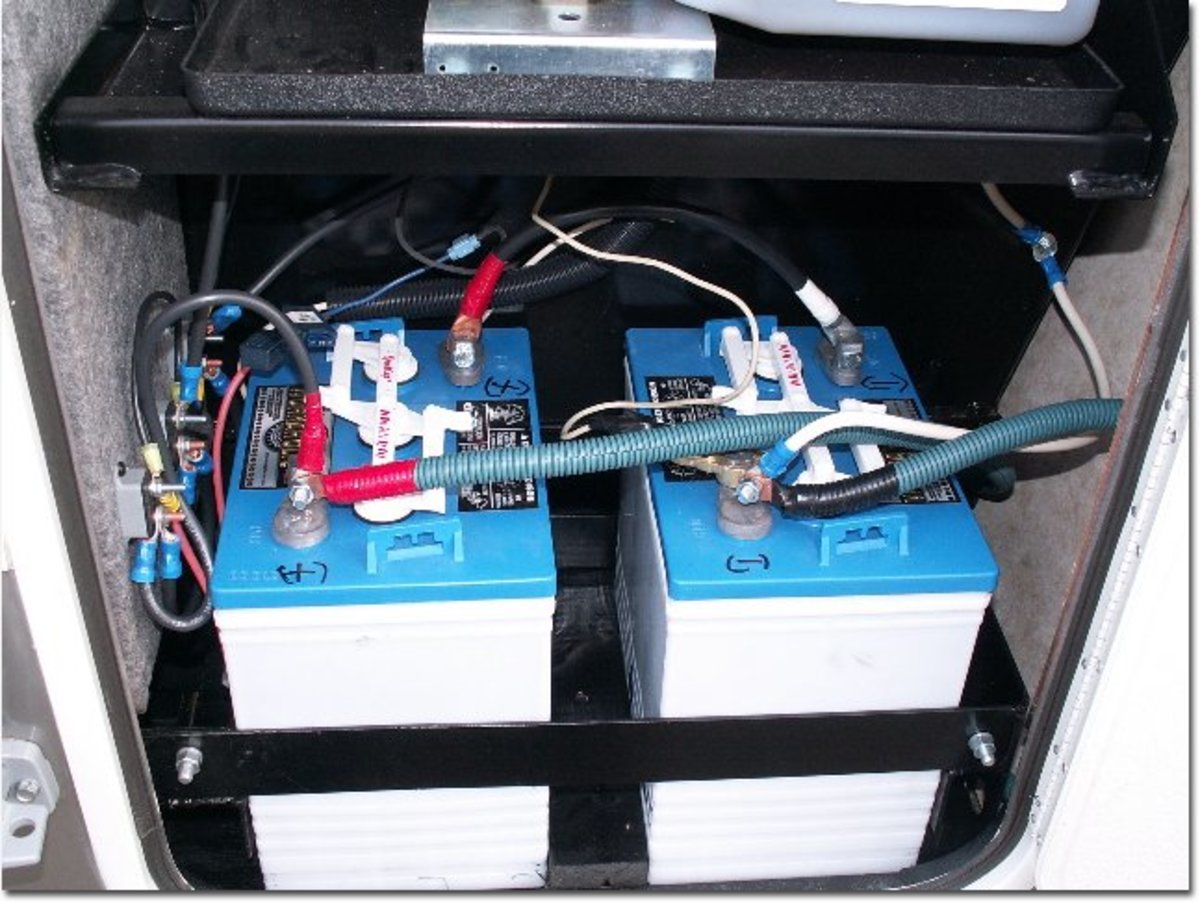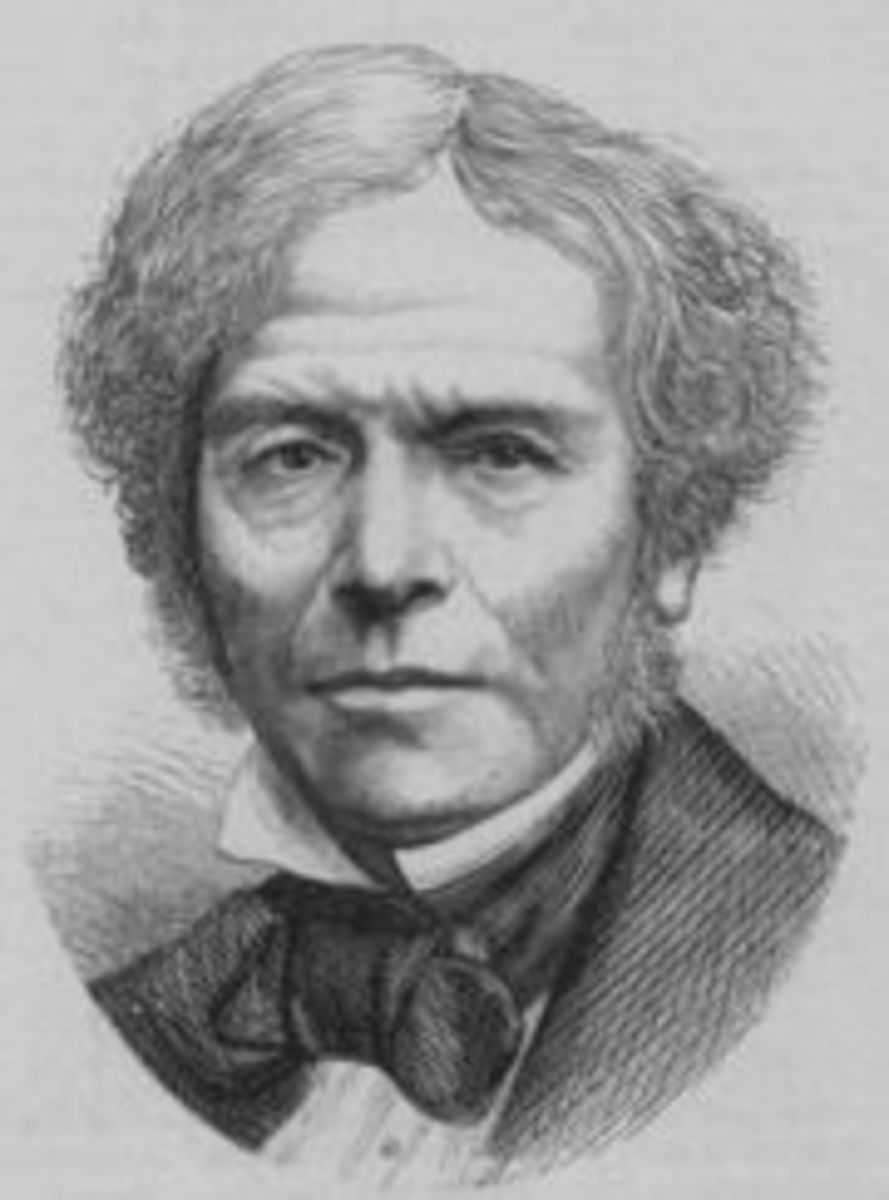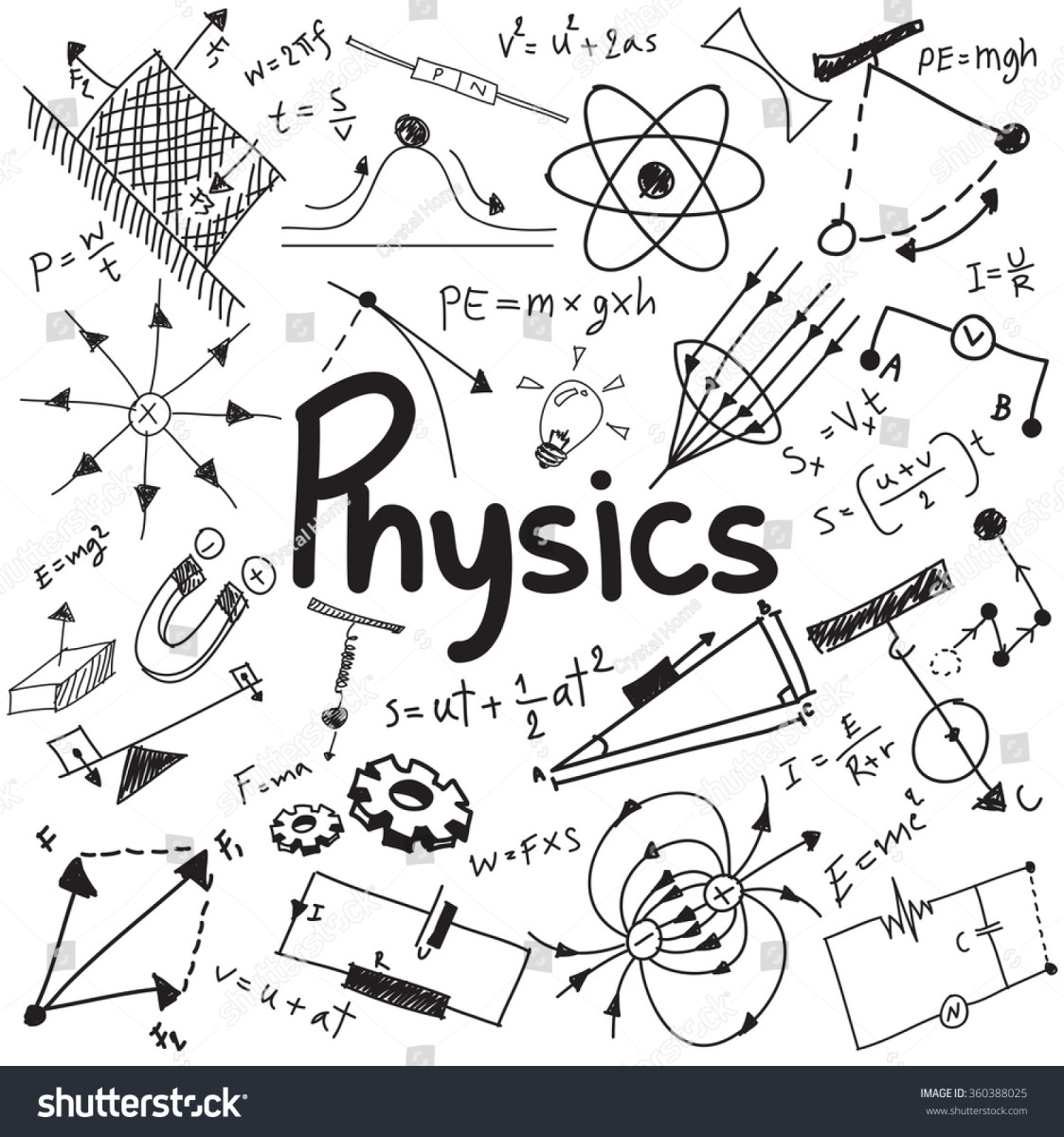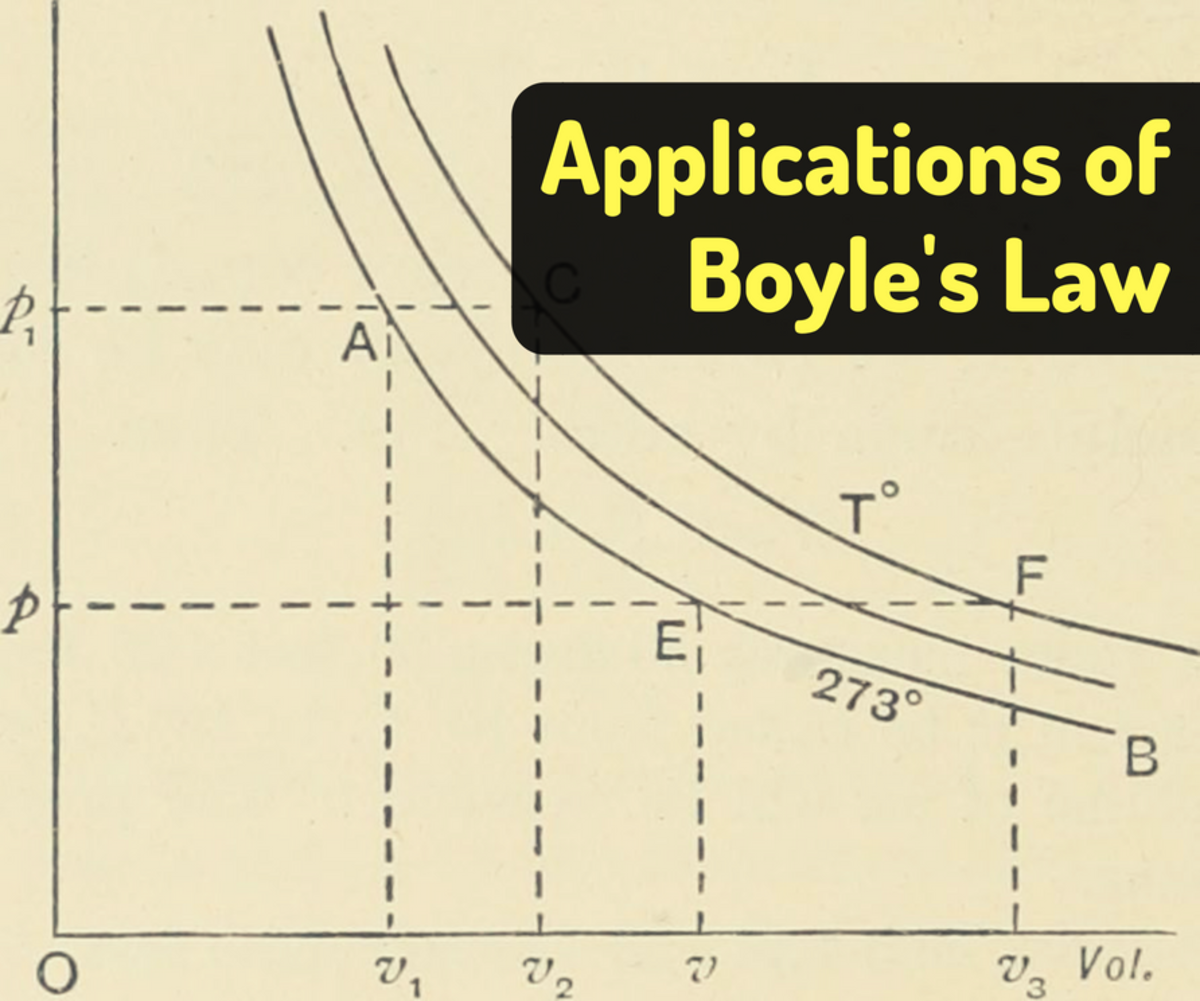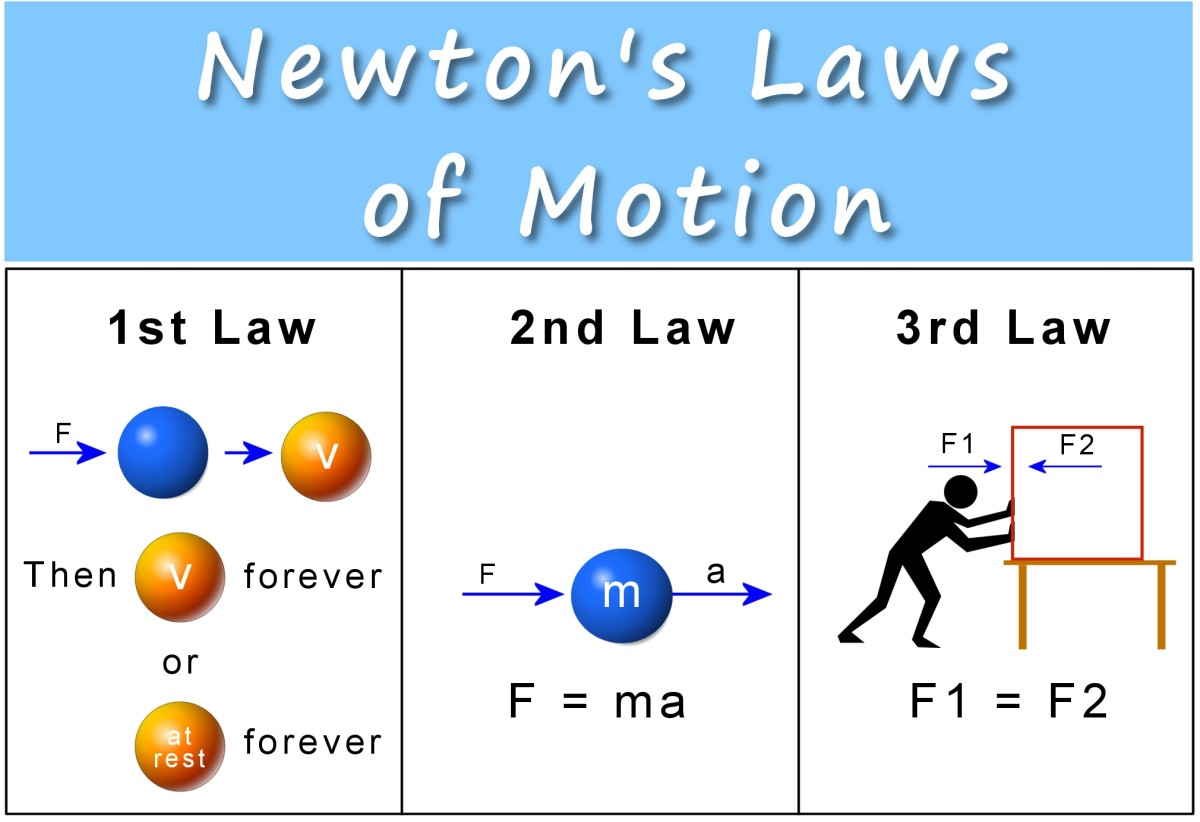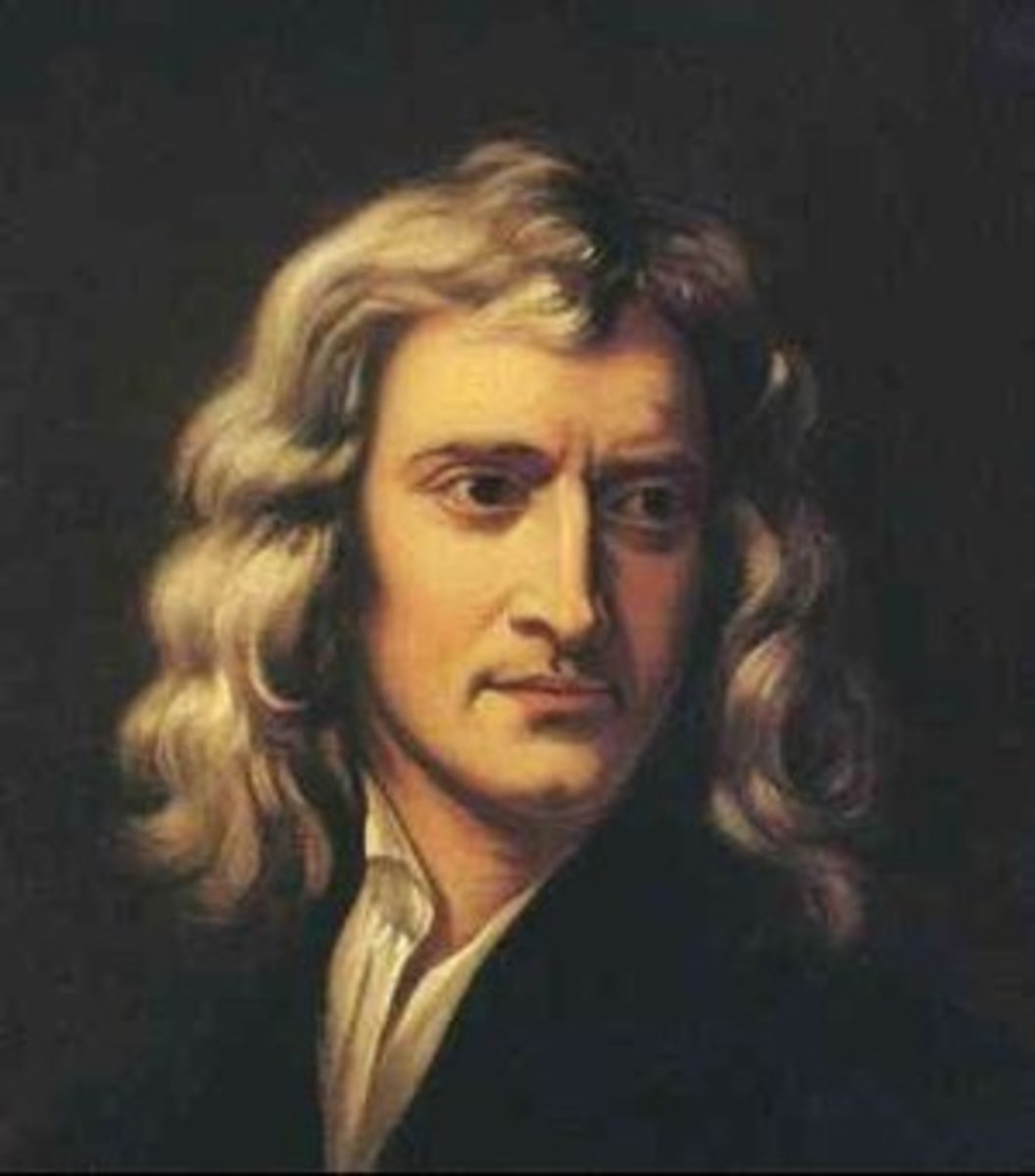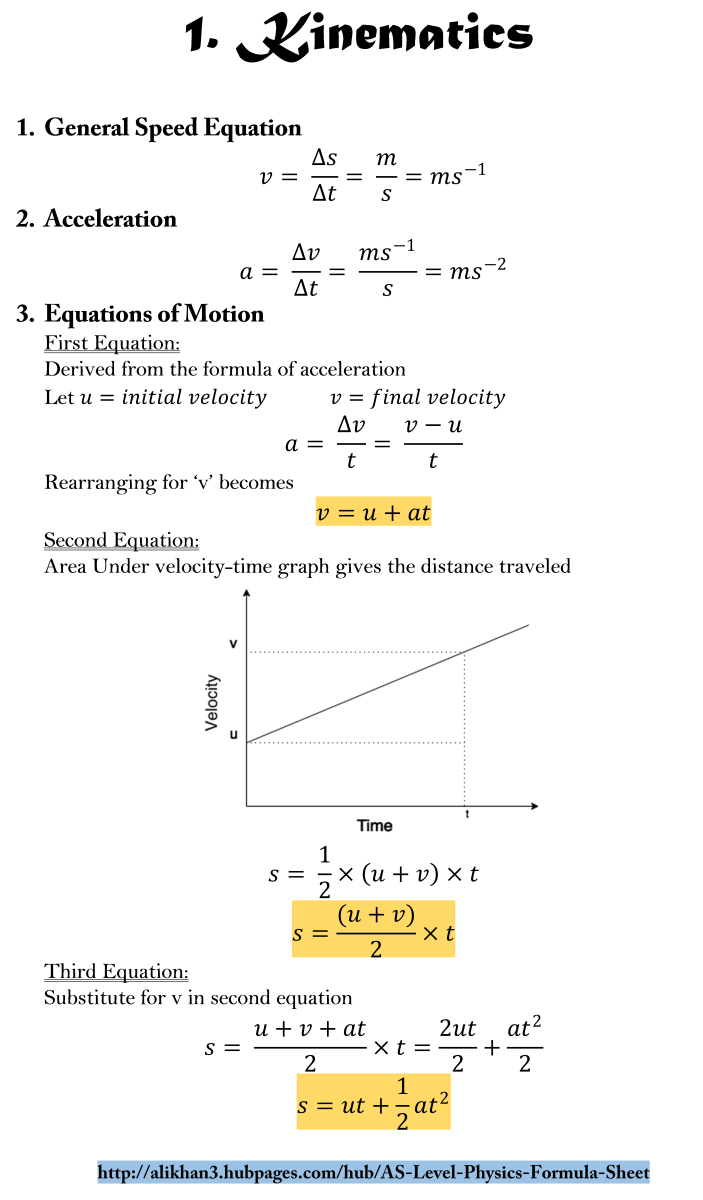Kirchhoff’s Law
Kirchhoff’s Law
Kirchoff's law is one of the most basic electrical principles. Kirchhoff’s law allow calculation of the currents, voltages, and resistances of electrical networks. Gustav Kirchhoff made this remarkable contribution in 1845. He extended the theory of the German physicist Georg Simon Ohm and generalized the equations describing current flow to the case of electrical conductors in three dimensions.
Example

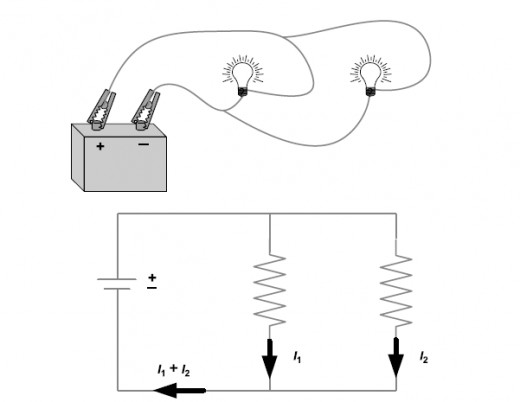
Kirchhoff's Current Law
This law is also called Kirchhoff's first law, Kirchhoff's point rule, or Kirchhoff's junction rule (or nodal rule).
According to this law, ”In any network, algebraic sum of currents from various branches meeting at a point is always zero”.
That is, sum of the currents entering any node is equal to the sum of the currents leaving that node. Node is the meeting point of two or more branches.
Even simpler, sum of the current at any point of a circuit is zero.
It is not a safe assumption for AC circuits.
∑I(at any node) = Zero
From the diagram:
The sum of the incoming currents I1 and I2 is equal to the sum of the out going currents I3 and I4.
Current Law
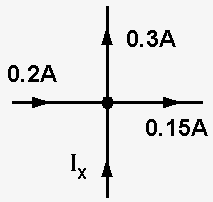
Example problem
Find the value of Ix shown in the figure:x
Solution:
According to KCL sum of incoming currents is equal to the sum of the out going currents.
Hence,
0.2A + Ix = 0.3A + 0.15A
therefore,
Ix=0.3A + 0.15A - 0.2 A
= 0.25A
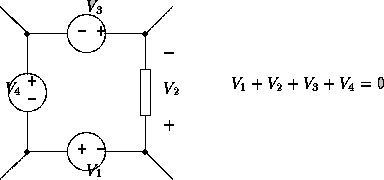
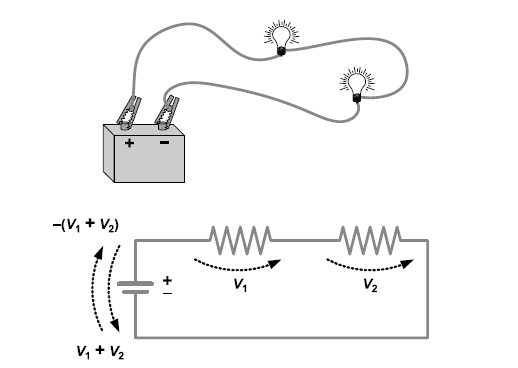
Kirchhoff's Voltage Law
This law is also called Kirchhoff's second law, Kirchhoff's loop (or mesh) rule, and Kirchhoff's second rule.
The algebraic sum of voltage drop across the elements of any closed path of the circuit is equal to the algebraic sum of emf in the path.
∑V= Zero
From the diagram.
The sum of voltages V1 , V2 , V3 and V4 is zero
YOU MAY ALSO LIKE THIS
- Ohm's Law in Detail
Easiest way to understand ohms law. Detailed view about ohm's law and its components- current, voltage and resistance. what is current? what is voltage? what is resistance and how it varies?
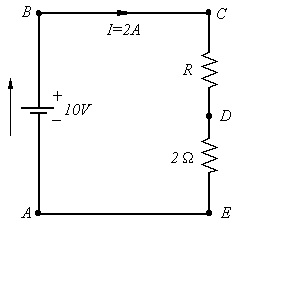
Example problem
Find the value of R in the circuit.
Solution
According to KVL,
Sum of the voltages across the elements in a closed path is zero
Therefore,
10V = R*2 + 2 * 2
2R = 10 – 4 = 6
Therefore R=6/2= 3
You may also like this!
- How Does a Transformer Work
This article makes the readers very clear about the working of the power transformer. Basic working principle of the transformer is mentioned very clearly and briefly - Microphones
Working and types of microphone
Gustav Robert Kirchhoff
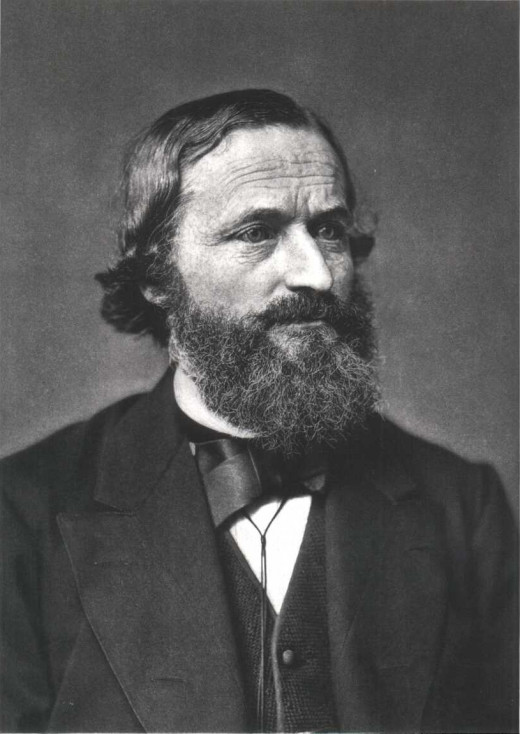
Name
| Gustav Robert Kirchhoff
|
Born
| 12 March 1824
|
Place of birth
| Königsberg, Kingdom of Prussia
|
Died
| 17 October 1887 (aged 63)
|


